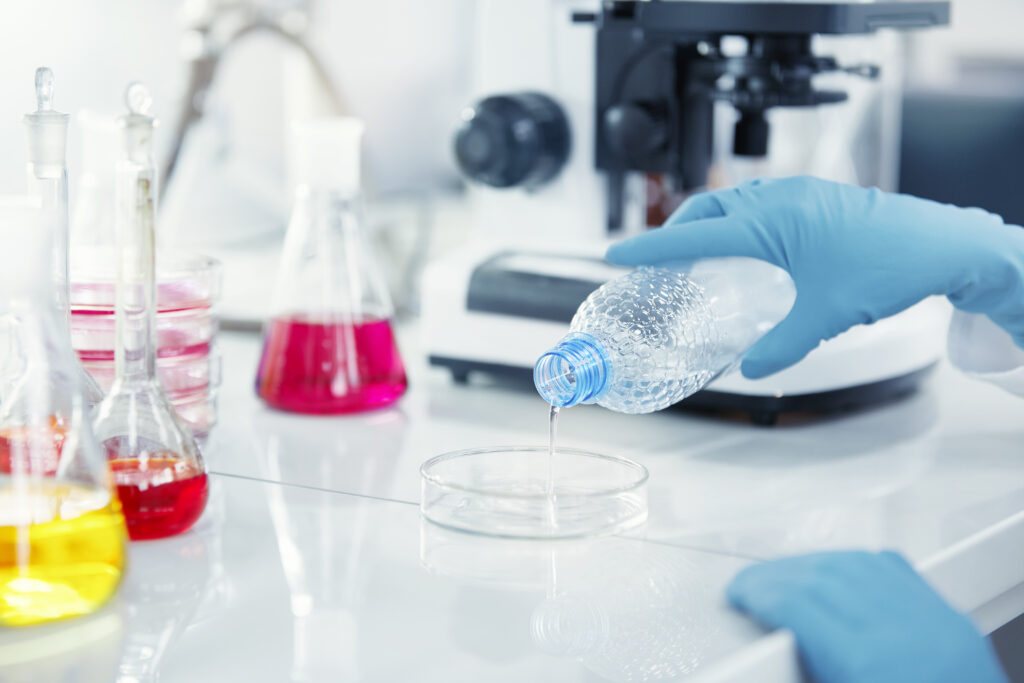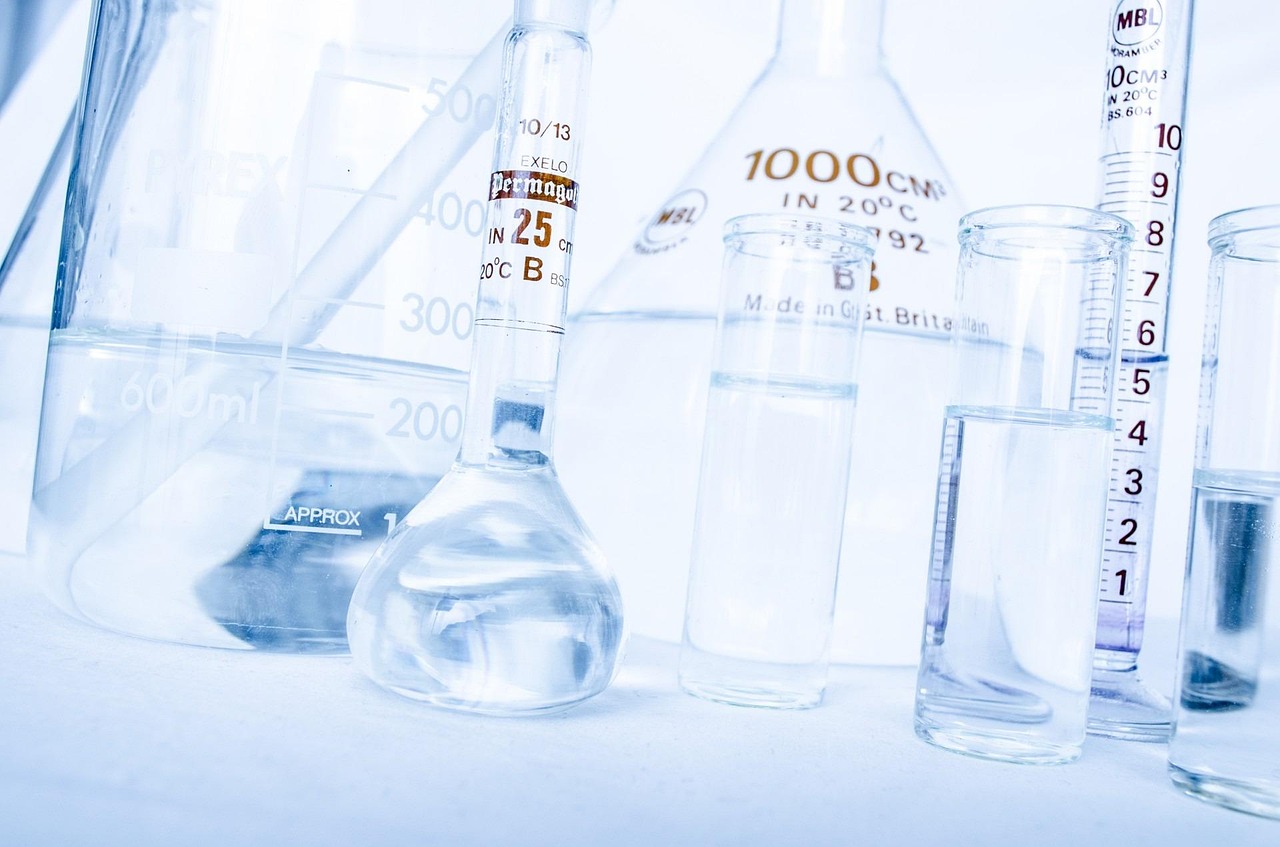In the globalized world of today, food safety is more important than ever. Food safety from contamination or risks has become more complex due to the fast globalization of food supply networks. Food Safety Standards are relevant in this situation. These regulations offer a thorough framework for the preparation, processing, and distribution of food and are intended to safeguard public health. Food safety standards are essential recommendations that guarantee appropriate food manufacturing, processing, and distribution methods, hence protecting public health. Regardless of where food comes from, these guidelines help prevent foodborne diseases and guarantee that food items are safe from farm to table.
This blog will walk you through the essential elements of Food Safety Standards, exploring global systems, their importance, the different types of certifications available, and how businesses can implement them effectively.
What Are Food Safety Standards?
Food testing lab in India follows set rules and regulations that food businesses must comply with to ensure the quality and safety of their products. By adhering to these guidelines, food safety is maintained, contamination is prevented, and proper handling and storage practices are implemented. Testing labs play a crucial role in verifying that food products meet safety standards and remain safe for consumption throughout the supply chain.
Usually, international organizations, governmental groups, or regulatory bodies with a focus on a particular industry develop the standards. Businesses that want to comply with national and international food safety requirements must adhere to these criteria. If these rules are broken, a corporation may face fines, recalls, or reputational harm.
Why Are Food Safety Standards Important?
The importance of Food Safety Standards cannot be overstated. Here are some of the key reasons why they are vital:
1. Consumer Protection: They keep customers safe from contamination, foodborne illnesses, and other health risks. This is essential to averting potentially disastrous illness outbreaks such as those caused by Salmonella or E. Coli.
2. International Trade: Food companies who want to trade internationally must adhere to international food safety standards. It guarantees that goods fulfill the safety requirements of other nations, facilitating easy import and export processes.
3. Legal Requirements: To operate lawfully, food enterprises are required by law in many countries to adhere to national and international standards. Laws and regulations about food safety are based on these standards, and breaking them may result in legal repercussions.
4. Brand Image: The integrity of a brand is also dependent on adherence to food safety standards. Food safety-focused brands are more likely to be trusted by consumers, which can increase sales and foster customer loyalty.
Global Food Safety Standards and Certifications
There are several global food safety certification systems that businesses can adopt to ensure compliance with Food Safety Standards. Here are some of the most prominent ones:
1.ISO 22000
An international standard known as ISO 22000 describes the specifications needed for a food safety management system. It is relevant to businesses along the whole food supply chain and combines the concepts of Hazard Analysis and Critical Control Points (HACCP). With an emphasis on risk-based thinking, this standard seeks to increase food safety from farm to fork.
2. Hazard Analysis and Critical Control Points (HACCP)
The goal of the internationally renowned HACCP system is to detect, assess, and manage risks associated with the manufacturing of food. As a preventive norm, it aims to address possible safety concerns before they arise. The foundation of many other Food Safety Standards, such as ISO 22000, is HACCP.
3. Global Food Safety Initiative (GFSI)
GFSI is an industry-led program designed to provide a global benchmark for food safety regulations. It includes several certification programs, such as IFS (International Featured Standards), FSSC 22000 (Food Safety System Certification), and BRCGS (British Retail Consortium Global Standards). GFSI offers a global foundation for guaranteeing the integrity, safety, and quality of food products.
4. Codex Alimentarius
The Food and Agriculture Organization (FAO) and the World Health Organization (WHO) produced the Codex Alimentarius, sometimes known as the “Food Code,” which is a set of standards, recommendations, and codes of conduct. It addresses many aspects of food safety, such as labeling, additives, pollutants, and cleanliness. The Codex is a reference for rules about food safety and international trade, even though it is not legally binding.
5. FSSC 22000
A thorough certification program called FSSC 22000 offers a framework for handling obligations related to food safety. One of the strictest food safety standards available, it incorporates extra GFSI requirements, industry-specific Pre-Requisite Programs (PRPs), and ISO 22000.

Key Elements of Food Safety Standards
Every Food Safety Standard shares some common elements, regardless of whether it’s ISO 22000, HACCP, or another certification system. Here are the core components:
1. Hazard Identification and Risk Assessment
Every food safety system starts with an understanding of potential risks that could contaminate food items. These risks could be physical (such as broken glass or metal), chemical (such as insecticides), or biological (like microorganisms). Businesses can identify key areas to monitor and prioritize them by conducting risk assessments.
2. Control Measures
Companies must set up control measures to prevent or reduce risks if they have been identified. This could entail establishing critical control points (CCPs) in the production process where contamination is most likely to occur and making sure these locations are continuously monitored.
3. Hygiene and Sanitation Practices
Maintaining good hygiene and sanitation throughout the production and handling processes is a key component of the Food Safety Standards. Cleaning staff and equipment regularly also contributes to the prevention of contamination.
4. Traceability Systems
Traceability ensures that food products can be traced back through the supply chain. This is vital for quick and efficient responses during food recalls, helping companies pinpoint where contamination may have occurred.
5. Continuous Monitoring and Improvement
Food Safety Standards require businesses to regularly audit and review their systems to ensure they are functioning as intended. Continuous improvement is a key principle, allowing businesses to adapt to new risks or regulatory changes.
Conclusion
Food Safety Standards are not just about compliance—they are about protecting consumers, enhancing brand reputation, and ensuring global trade. With various international certifications like ISO 22000, HACCP, and FSSC 22000, businesses can build robust food safety management systems that cover every aspect of their operations. Understanding and implementing these standards can be the key to a safer, more successful food industry. By following the outlined principles, companies can meet regulatory requirements, gain consumer trust, and contribute to the overall safety of the food supply chain.











